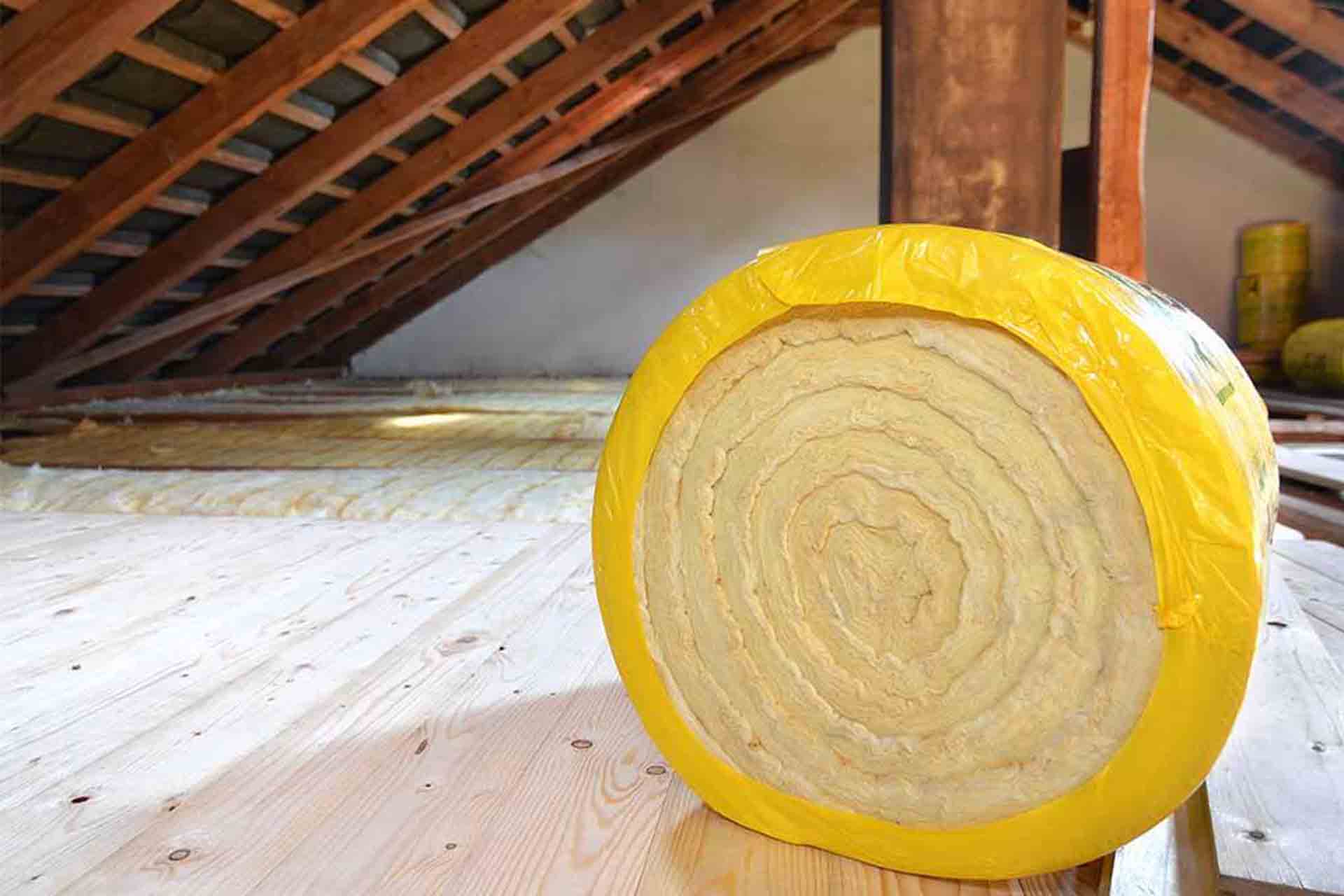Ceiling insulation plays a crucial role in maintaining comfortable indoor temperatures, reducing energy consumption, and enhancing overall energy efficiency. Choosing the right materials for ceiling insulation is essential to achieve optimal thermal performance. In this article, we will delve into the various materials commonly used for ceiling insulation, their properties, and their suitability for different scenarios.
- Fiberglass Insulation:
Fiberglass insulation is one of the most widely used materials for ceiling insulation. It consists of fine glass fibers that trap air pockets, providing excellent thermal resistance. Its key advantages include affordability, fire resistance, and resistance to moisture. Fiberglass insulation is available in batts or rolls, making it easy to install in standard ceiling joist spaces. - Cellulose Insulation:
Made from recycled paper products, cellulose insulation is an eco-friendly option for ceiling insulation. It offers excellent thermal performance, soundproofing capabilities, and resistance to pests. Cellulose insulation is typically blown into the ceiling cavity, filling gaps and voids effectively. Its high density ensures minimal air movement, reducing heat transfer and energy loss. - Spray Foam Insulation:
Spray foam insulation is a versatile option that provides superior thermal insulation and air sealing properties. It is composed of a mixture of polyurethane and isocyanate, which expands upon application, filling gaps and creating an airtight barrier. Spray foam insulation adheres to any surface, making it suitable for irregularly shaped or hard-to-reach areas. Its high R-value ensures exceptional thermal resistance. - Mineral Wool Insulation:
Mineral wool insulation, also known as rock wool or stone wool, is manufactured from natural minerals like basalt or diabase. It offers excellent fire resistance, sound absorption, and thermal insulation properties. Mineral wool insulation is available in batts or loose-fill form, providing flexibility for different ceiling configurations. Its hydrophobic nature prevents moisture absorption, ensuring long-term performance. - Reflective Foil Insulation:
Reflective foil insulation utilizes a layer of reflective material, such as aluminum foil, to reflect radiant heat. It is commonly used in hot climates to prevent heat gain. Reflective foil insulation is typically installed beneath the roof, directly above the ceiling, creating a radiant barrier. Its effectiveness depends on proper installation and the presence of an air gap to enhance its reflective properties.
Conclusion:
Choosing the right material for ceiling insulation is crucial for achieving optimal thermal performance and energy efficiency. Fiberglass, cellulose, spray foam, mineral wool, and reflective foil insulation are among the commonly used materials, each offering unique advantages. Consider factors such as cost, R-value, installation method, fire resistance, and moisture resistance when selecting the most suitable material for your ceiling insulation project. By making an informed decision, you can create a comfortable and energy-efficient living or working environment.


